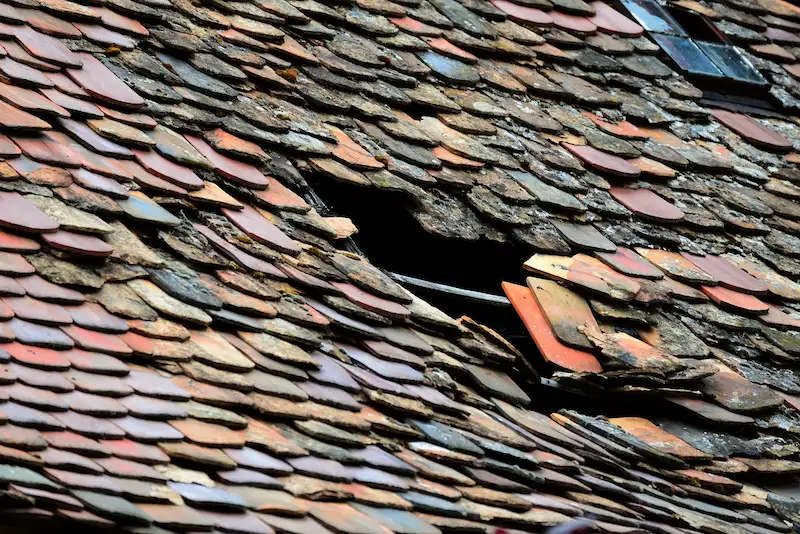Table of Contents
Experiencing a disaster at your commercial property—whether due to a fire, flood, storm, or other emergencies—can be overwhelming. Not only does it disrupt your business operations, but it can also leave a lasting impact on your property and finances. Restoring your commercial space promptly and effectively is crucial to resuming normal operations and minimizing financial loss. This guide provides essential steps for a smooth and efficient restoration process to get your business back on track.
1. Contact a Professional Restoration Company
After assessing the immediate damage, the first step in restoring your property is contacting a professional restoration company. Time is critical in disaster recovery, and professionals have the tools and expertise needed to prevent further damage. Restoration companies specialize in different areas, from water extraction and mold remediation to structural repair and cleaning. For instance, Cotton GDS and other restoration companies offer comprehensive disaster recovery services designed to address a wide range of needs, from minor repairs to full-scale restoration. Working with an experienced restoration team ensures that the process is managed efficiently and safely, minimizing the potential for long-term issues like mold growth or structural weakening. It’s essential to choose a licensed and reputable company that can handle your specific restoration requirements and provide timely support.
2. Conduct a Thorough Damage Assessment
A thorough damage assessment is essential to understand the extent of the repairs needed and to develop a restoration plan. Restoration professionals typically conduct an on-site inspection, identifying structural damage, water infiltration, soot residue, and other hazards. This assessment allows them to estimate the cost and timeline for repairs and helps determine which areas require immediate attention.
Having a detailed damage assessment is also important for insurance purposes, as most insurance companies will need documentation of the damage before approving claims. Be sure to take photos and document everything, including affected equipment, furnishings, and structural damage. Accurate documentation will help facilitate the insurance process, ensuring you receive adequate compensation for the losses incurred.
3. Secure the Property and Prevent Further Damage
Disasters can leave commercial properties vulnerable to additional damage from weather, pests, or trespassers. Once the immediate danger has passed, securing the property is crucial to prevent further loss. Restoration companies often assist with boarding up windows, tarping damaged roofs, and installing temporary fencing to safeguard the property.
Water damage, in particular, can escalate quickly if not addressed immediately, leading to mold growth and structural issues. Restoration professionals may begin water extraction and drying processes right away to prevent mold and bacterial growth. Taking these precautionary steps will help limit further damage and protect the property while restoration efforts are underway.
4. Coordinate with Your Insurance Provider
Navigating insurance claims after a disaster can be complex, so working closely with your insurance provider is essential. Notify your insurance company of the damage as soon as possible to start the claims process. Most policies cover damage from natural disasters like storms, floods, and fires, but it’s essential to review your policy to understand what’s covered.
Many restoration companies offer support in working with insurance providers, helping you submit documentation, communicate about damage assessments, and manage the claims process. Having a restoration team that understands insurance requirements can streamline the claim, allowing you to focus on reopening your business. Keep all receipts and records of expenses related to the disaster, as these can be used to support your claim and maximize compensation.
5. Plan for Reconstruction and Renovations
Once the property is stabilized and safe, the reconstruction phase begins. Depending on the extent of the damage, this phase may involve repairs to flooring, walls, ceilings, and structural elements. Restoration companies typically have teams skilled in various trades, including carpentry, plumbing, electrical work, and painting, to restore the property to its original state.
This stage is also an opportunity to consider any necessary upgrades or renovations. For example, if your property is prone to flooding, you might consider installing water-resistant materials or improving drainage systems to prevent future water damage. Planning for these improvements during the reconstruction phase can increase the property’s resilience to future disasters and reduce potential risks to your business.
6. Communicate with Stakeholders and Plan for Reopening

Restoring a commercial property after a disaster impacts employees, clients, vendors, and other stakeholders. Keeping them informed throughout the recovery process is essential for maintaining trust and managing expectations. Regular updates about the restoration timeline, estimated reopening dates, and any temporary changes to operations can help reduce uncertainty.
Create a plan for reopening that includes a safety inspection to ensure that the property is fully restored and meets all health and safety standards. Be sure to test electrical systems, fire alarms, and other critical systems to confirm that they’re operational. A well-organized reopening plan will help your business transition smoothly back to regular operations, instilling confidence in employees and customers alike.
Recovering from a disaster requires careful planning, prompt action, and professional support. By partnering with a reputable restoration company, conducting a detailed damage assessment, securing the property, coordinating with insurance, planning for reconstruction, and communicating with stakeholders, you can restore your commercial property efficiently and effectively. With these steps, your business will be well-positioned to overcome challenges, minimize losses, and resume operations with resilience.
Want to explore something different? The Long-Term Effects of Ignoring Pests on Your Home

